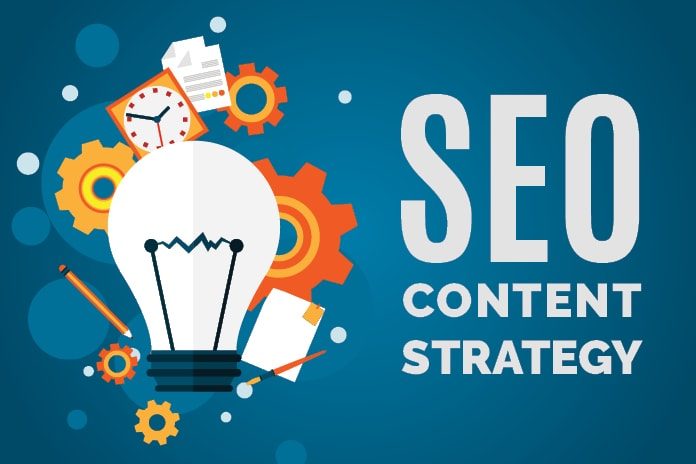Organic search is the most popular form of search engine optimization. It is a marketing technique that helps websites rank higher in search engine results pages (SERPs) for certain keywords or phrases. The goal of SEO is to improve the ranking of a website within specific search engines and for particular keywords or phrases. By doing so, SEO attempts to increase visitor traffic to websites and their ranking within organic search results.
The SEO content should be written with the intention of making it as relevant to the target audience as possible and should be based on the keyword research. The content should not just be about what you want to say, but it should also be about what your audience wants to hear.
The ultimate goal of SEO content is to make it rank higher in SERPs so that it has the potential to be seen by more people. To do this, it must be well-written, concise and relevant to the user’s query.
5 SEO Content Strategy To Plan for Every Marketers
When planning your content strategy, be sure to focus on customer needs. Create long-form content, prioritize keywords, optimize images for search engines, and focus on creating valuable content that answers customer problems.
By following these simple steps, you will increase your chances of getting traffic and boosting your rankings in the search engines.
1. Focus on customer’s pain points
An SEO content strategy that focuses on customer’s pain points is crucial for your online marketing efforts. By identifying customer pain points and crafting content around them, you can increase the chances of your prospects converting to customers.
In addition, this approach will also increase organic traffic and extend your reach. This type of content is often used to create comparison posts that compare a product to its competitors. This type of content is often more valuable for SEO than other forms of content marketing.
One of the most important steps in creating an SEO content strategy based on customer pain points is to conduct qualitative research to uncover what problems your customers face. This way, you can discover what your customers need and what they want to find in a solution. In addition, you can map your content to your customer’s buyer’s journey using these insights.
2. Prioritize keywords
Prioritizing keywords in an SEO content strategy is not a difficult task in theory. But in practice, it can be a complex process because of the sheer volume of content you need to create. In order to make the right decision, you must keep an objective view and avoid the pressure to outperform others. It is important to remember that you’re not the only person who reads the content on your website. Readers are also encouraged to make comments in the comments section below.
Once you’ve identified the keywords that are likely to generate traffic for your website, you can prioritize content topics that are relevant to your business. Keyword research is essential in this process, as it will reveal the most effective places to start optimizing your content.
3. Create long-form content
One of the most important elements of an SEO content strategy involves creating long-form content. This type of content should be informative and engaging and it should have a wide variety of topics. Creating long-form content also means incorporating keywords into your content.
Keyword density is important, as it should occur about once every 200 words. Adding alternative content is also important for long-form content. In addition, consider adding bullet lists and images to help readers navigate the content.
Creating long-form content is an effective SEO strategy because it helps a brand position itself as an industry thought leader. It gives them the chance to elaborate on ideas and provide valuable insights. It also informs their audience of their
expertise, which is crucial for gaining backlinks. In addition, it allows the brand to gain more authority with Google.
4. Optimize images for seo
If you want your images to rank well on Google, you need to optimize them for SEO. You can start by creating a filename for your images that contains relevant keywords.
Avoid using random keywords, as these will have a negative effect on your rankings. You can also include keyword descriptions in the filename, which are relevant to the content. If you have a multilingual site, you should translate both the title and alt attribute to the language of the website where the image is being published.
You may also want to reduce the file size of your images. Smaller files take up less space on your website, which will increase the page’s speed. This will reduce the chance that your website’s visitors will click away from your site if it takes too long to load. Page load time is a factor that Google considers when ranking websites.
5. Update existing content
If you already have content on your site, updating it is an excellent SEO content strategy. This can be a time-consuming process, but it can also save you a lot of money especially when you enquire from trusted agencies such as SEO. You can hire a writer to do it for you, but make sure you have a clear idea of what you want in the content. There are certain best practices and some specific to different types of content.
Updating existing content can boost your rankings and increase your profits. It also allows you to save a lot of time and effort and keeps your audience coming back. Updated content will give your content a new feel and may also contain new keywords.
Also read: 6 Best Google Keyword Rank Tracking Software





